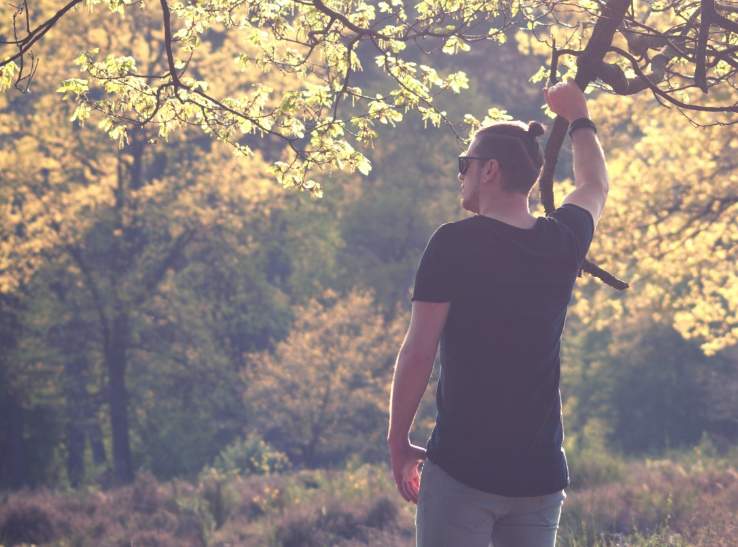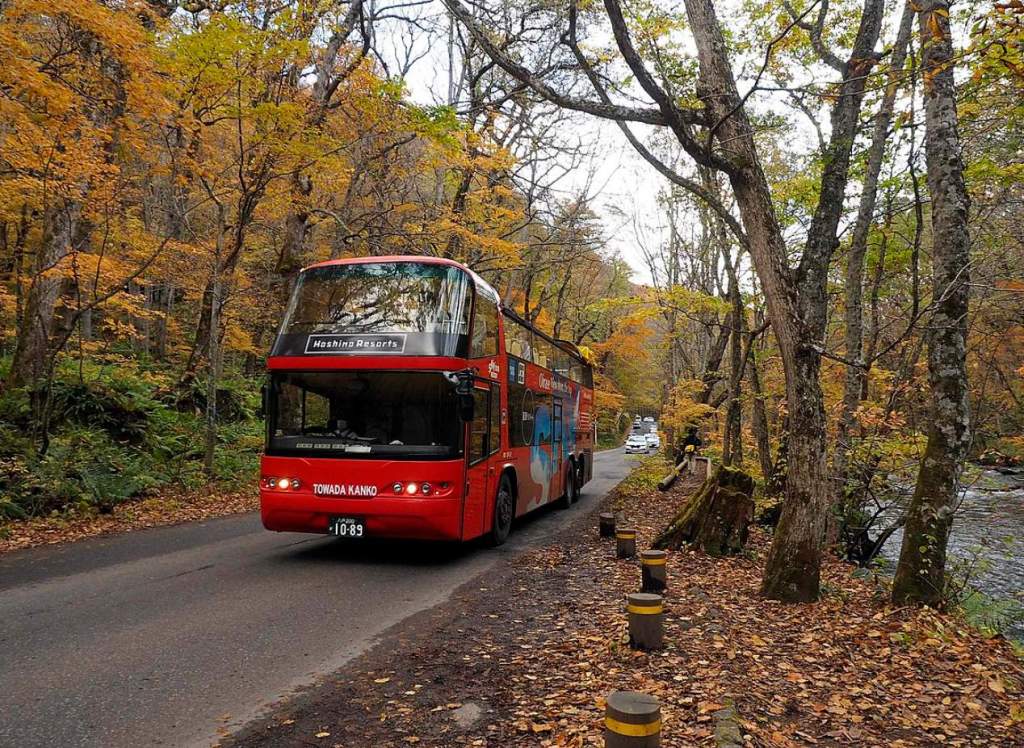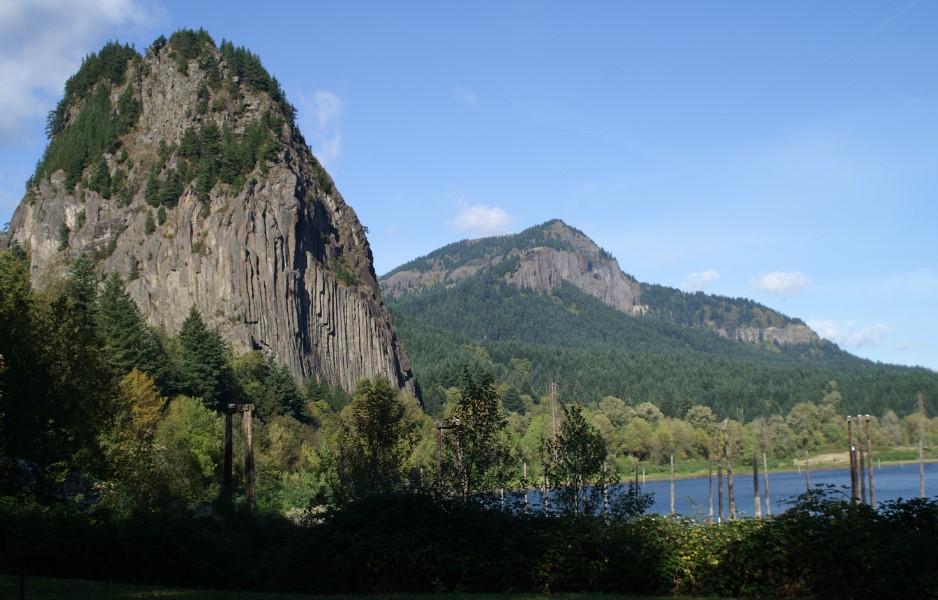Sad Hill Cemetery was built by the Spanish Army in 1966 and designed by Carlo Simi. Burgos is a charming city in the Castilla y León region of northern Spain. Its cemetery is located about 30 kilometers southeast of the city. Sad Hill Cemetery is situated in the middle of nowhere, and completely isolated. A small town, Santo Domingo de Silos, is the nearest civilization, located 5 kilometers away. There are more than five thousand graves in Sad Hill Cemetery, amidst the sun-kissed arid hills. It is a popular tourist and film location in northern Spain.

When one considers that these individuals are buried far from their homes, one might wonder who they are. Despite its name, Sad Hill Cemetery is not a real cemetery, but an intricately constructed movie set used as the backdrop for one of the most enduring spaghetti Westerns of the 1960s, “The Good, the Bad, and the Ugly”.
A film directed and produced by the Italian director Sergio Leone, The Good, the Bad, and the Ugly largely took place in Spain because of its geographic similarity to the Southwestern United States, where the story unfolds, in the rugged terrain of the Demanda mountains and Arlanza valley near Burgos.

A number of key locations were used for filming the movie in the area: the San Pedro de Arlanza monastery, now known as San Antonio mission hospital; Hortigüela’s River Pisuerga, which served as the American Civil War battlefield; Carazo’s suburbs were turned into Betterville, a prison camp; and Sad Hill Cemetery was turned into Santo Domingo de Silos.
Several hundred Spanish soldiers built the 300-meter-diameter cemetery, which has more than 5,000 grave markers. The company paid soldiers 250 pesetas (€1.50) per day during that scorching summer of 1966, and some officials received as much as 900 pesetas (€5.41). As part of Franco’s bid to demonstrate his thespian abilities, 1,000 extras were provided for the film by the dictator.

As soon as filming ended, everyone packed their bags and left, leaving the cemetery conveniently abandoned. Eventually, nature took over the cemetery, causing the crosses to topple over as creepers snaked over them, transforming the site into an overgrown grassy meadow. As the duel takes place, the circular stone area in the middle is purposefully designed to mimic the ancient Roman arena, where gladiators fought to the death.
Five decades later, a group of fans calling themselves the Sad Hill Cultural Association sought to locate the cemetery’s exact location. They meticulously traced the coordinates of the cemetery using stills from the film’s final scene. During 2015, they began the painstaking excavation process.

Members of the association slowly pulled out weeds and shoveled dirt to uncover the stones and its hidden graves with the help of a unique crowdfunding strategy, where anyone could engrave a cross for €15, as well as donations and volunteers from France, Germany, Turkey, Italy, and the US. Guillermo de Oliveira, a Spanish filmmaker and cinema enthusiast, documented their labors in Sad Hill Unearthed. Oliveira was intrigued by the association’s idea when he heard it:
“I love visiting the locations where films were filmed,” he said. Among the places I have visited are the dam in Goldeneye’s opening scene, Star Wars’ Tunisian set, the cliff in Thelma and Louise’s final scene, and the Los Angeles restaurant from Heat.”
Oliveira was moved by the volunteers’ perseverance and dedication, although he hadn’t originally planned to create a documentary. It may have been a beautifully crazy idea, but it was still crazy. I was just struck by the notion of fans wanting to restore the film to the way it was. I dreamed about it.

A photographer followed Oliveira and a group of volunteers as they cleared the site with hoes, spades, and wheelbarrows.The team interviewed a number of locals who were extras in the movie.In addition to Ennio Morricone, Clint Eastwood, and his team interviewed Gremlins director Joe Dante and Metallica lead singer James Hetfield. The movie is originally released in 2017, and now it is available on Netflix.
A rustic signpost points to Sad Hill Cemetery and offers information on the site’s history and significance. Besides a life-size silhouette cutout of Clint’s character, Blondie, you’ll find a sculpture of the star. Sad Hill Cemetery has become a popular tourist attraction and attracts numerous movie fans today.
Read More – Brazil High Rise Vertical Cemetery









